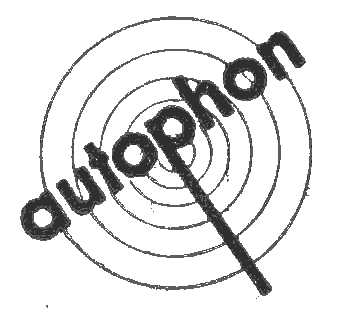

Shortwave Receiver E44 / E-602
Autophon AG, Solothurn



|
Shortwave Receiver E44 / E-602
|

|
|
überarbeitet am 1.9.2010 |
As a successor to the E-39 receiver, which still used a technology with plug-in
coil sets and a calibrated logging scale, Autophone started developing a receiver
with a turret tuner with directly switchable wavebands and a calibrated dial
which allowed the frequency to be read directly from the dial. The receiving equipment consists of the Receiver E-44 in one case / container and the EZ-44 in a second case, this one containing a separate mains power supply and an integrated audio stage (with a EBL-21 AF tube) and speaker. Both sets are connected by a heavy multipolar cable. The receiver itself has a weight of 23,75 kg and the power supply / AF amplifier case another 18,8 kg. Usually some 18 kg of accumulators came together with this set. The front panel is divided in two sections by the horizontal linear dial
of the turret tuning arrangement. The single conversion set with two HF- and another two AF- amplifier stages is working with an intermediate frequency of 75 kHz in the ranges below 2 MHz and with an intermediate frequency of 1,6 MHz on the higher frequency bands. A similar variant of this receiver, the E-45, has been
used as Airraid Warning Receiver by the Airforce and Anti-Aircraft-Troops, another
mains operated variant using common valves has been produced under the E-52
designation and has been in use with Swiss PTT and Agence France Press. further reading: © Martin Bösch 26.1.2007
|
||||